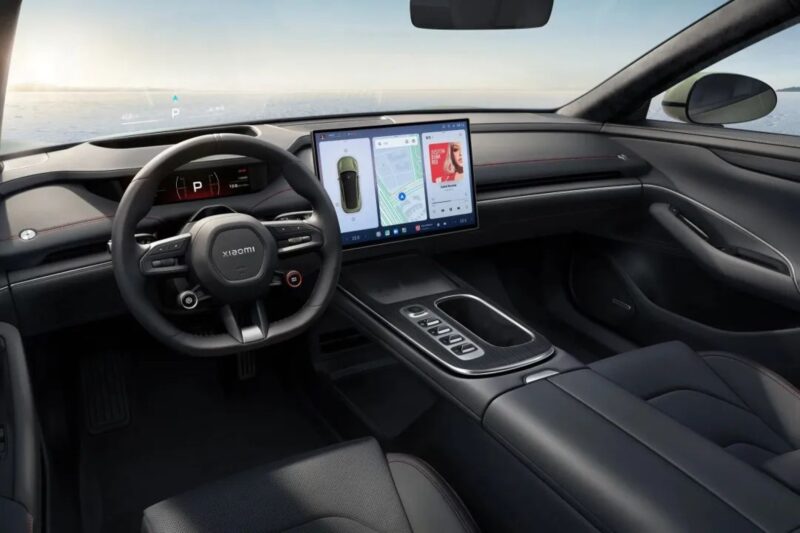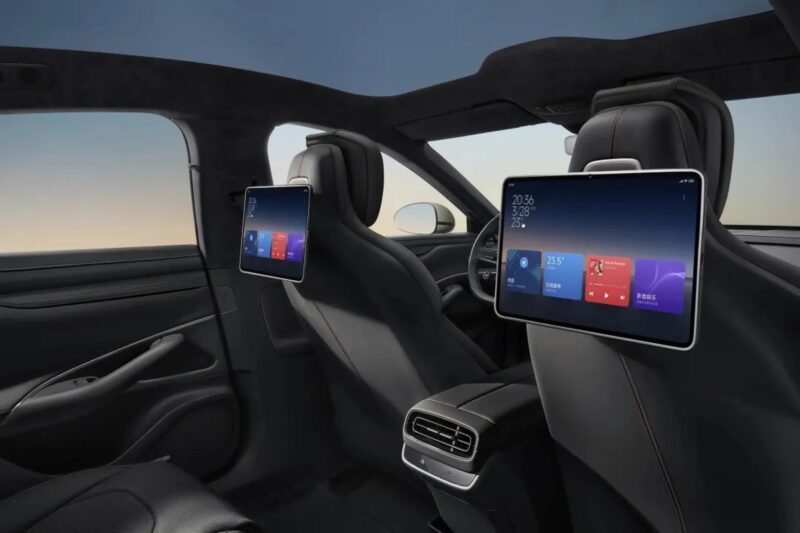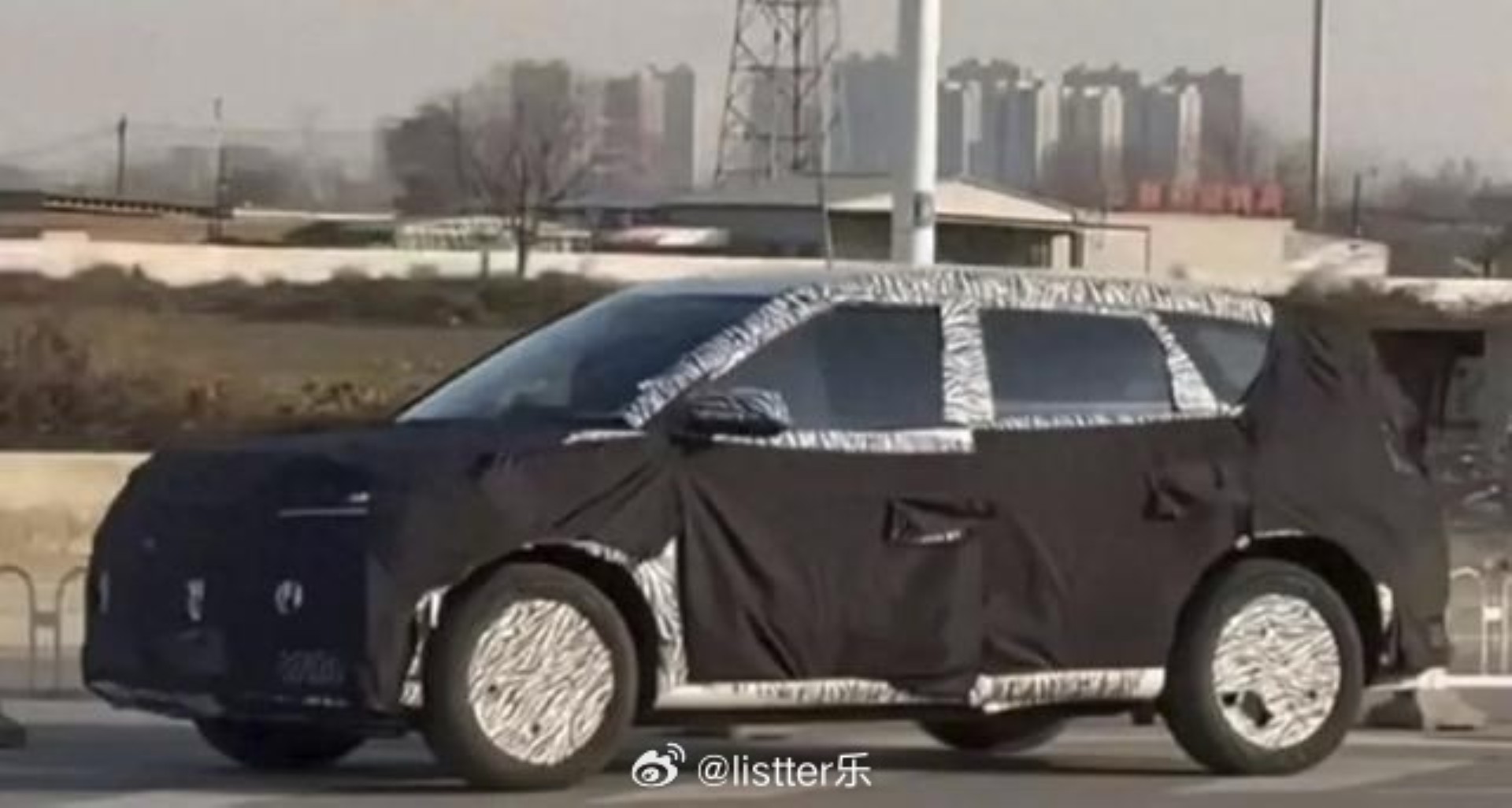A camouflaged prototype believed to be Xiaomi’s next vehicle, codenamed “Kunlun” and possibly named the YU9, has been spotted recently undergoing road tests in China. While unconfirmed by the company, this would mark Xiaomi’s third model, following the SU7 sedan and YU7 SUV, and its first with an extended-range (EREV) powertrain instead of a pure electric setup.
The YU9’s development appears to come amid strong early momentum for Xiaomi’s current SUV. According to data released by the company, over 240,000 YU7 orders were locked in within 18 hours of its recent launch. While Xiaomi has not commented directly on the YU9 prototype, sightings suggest that the company may be accelerating its push into the premium segment.
Based on available spy shots on Chinese social media posts from Weibo, the YU9 is expected to be a full-size, six- or seven-seat SUV measuring approximately 5.3 meters in length. If launched, it would likely target models such as the Li Auto L9 and Huawei-backed Aito M9.



Shift to extended-range platform, possibly using Dong’an 1.5T engine
Unlike the SU7 and YU7, which are battery-electric vehicles, the YU9 is rumoured to adopt an extended-range hybrid system, pairing a 1.5-litre turbocharged engine (possibly supplied by Dong’an Power) with a dual-motor all-wheel-drive layout according to 玩电8. This setup, also used in the Li Auto L9, is expected to deliver over 400 horsepower and a 0–100 km/h time of around 5 seconds.
The pure electric driving range may exceed 200 km (CLTC), with a combined range of up to 1,500 km (similar to the Li Auto L9 and Aito M9). The car is also expected to support 800V high-voltage fast charging.
Exterior design: upright, full-size SUV proportions
Spy photos indicate a tall and upright SUV with sharp edges and a high beltline. Some renderings and online comparisons describe the proportions as reminiscent of premium models, such as the Rolls-Royce Cullinan, although this remains speculative. The front design resembles that of the YU7, featuring a higher hood line and a roof-mounted LiDAR unit, which suggests the integration of advanced driver-assistance features.
With a boxy body and extended D-pillars, the YU9 would contrast visually with the sportier SU7 sedan and YU7 SUV, offering a more conventional luxury SUV appearance.
Interior: HyperOS, Xiaomi ecosystem, multi-row layout
While the interior has not been revealed, it is expected that the YU9 will continue Xiaomi’s focus on digital integration. Reports suggest a setup similar to the SU7, including a large central touchscreen, rotating digital instrument cluster, and the HyperOS vehicle operating system, which integrates with the Xiaomi smart home ecosystem.
The YU9 will also be Xiaomi’s first vehicle to offer six- or seven-seat layouts (2+2+2 or 2+3+2), filling a gap in its current product lineup. Other expected features include rear-wheel steering, which allows for improved handling despite the SUV’s large dimensions.


Market positioning: competing on tech and pricing
The YU9 is widely expected to compete with plug-in premium SUVs like the Li Auto L9 (409,800 yuan/ 57,000 USD) and the Aito M9 (469,800 yuan/ 65,500 USD). We speculate that Xiaomi will price the YU9 from 359,800 yuan (approx. 50,000 USD), with top variants remaining below 500,000 yuan (approx. 69,000 USD).
Xiaomi has previously employed a value-driven strategy with the SU7 and YU7, offering high specifications at lower price points. However, Car News China notes that the premium segment poses challenges due to Xiaomi’s limited after-sales network and lower brand recognition relative to more established rivals like Huawei and Li Auto.
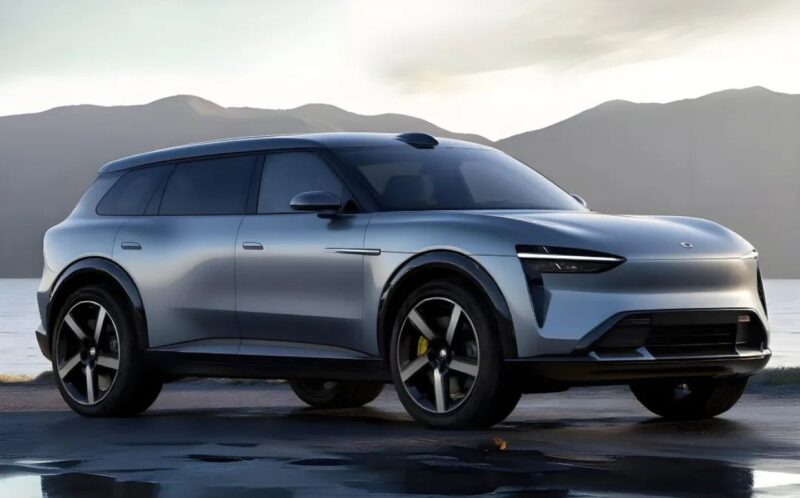
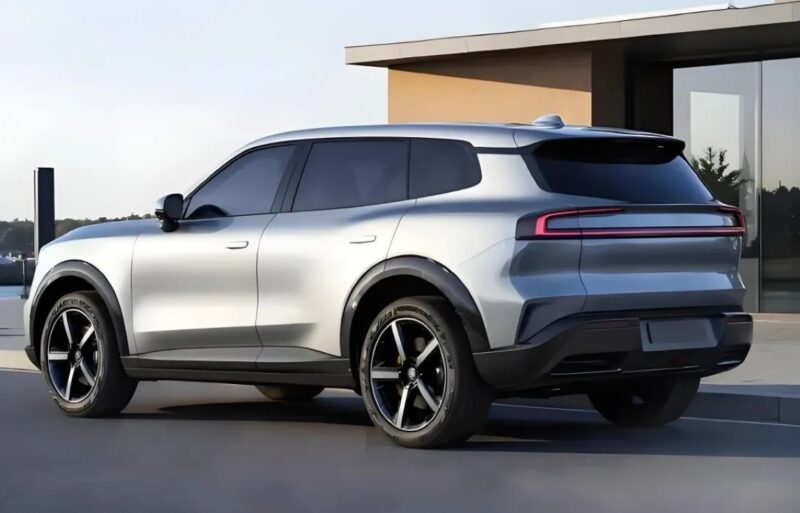
Launch timeline: likely 2026
Although the prototype appears production-ready, Chinese social media sources suggest a 2026 launch window is more likely. This would give Xiaomi time to complete testing, expand its sales and service network, and meet regulatory requirements.
If launched, the YU9 would serve as Xiaomi’s flagship SUV and its first plug-in hybrid vehicle, signalling a broader strategic expansion beyond battery-electric models. It could also help Xiaomi enter higher-margin vehicle segments and reach customers seeking larger, family-oriented electric SUVs.
